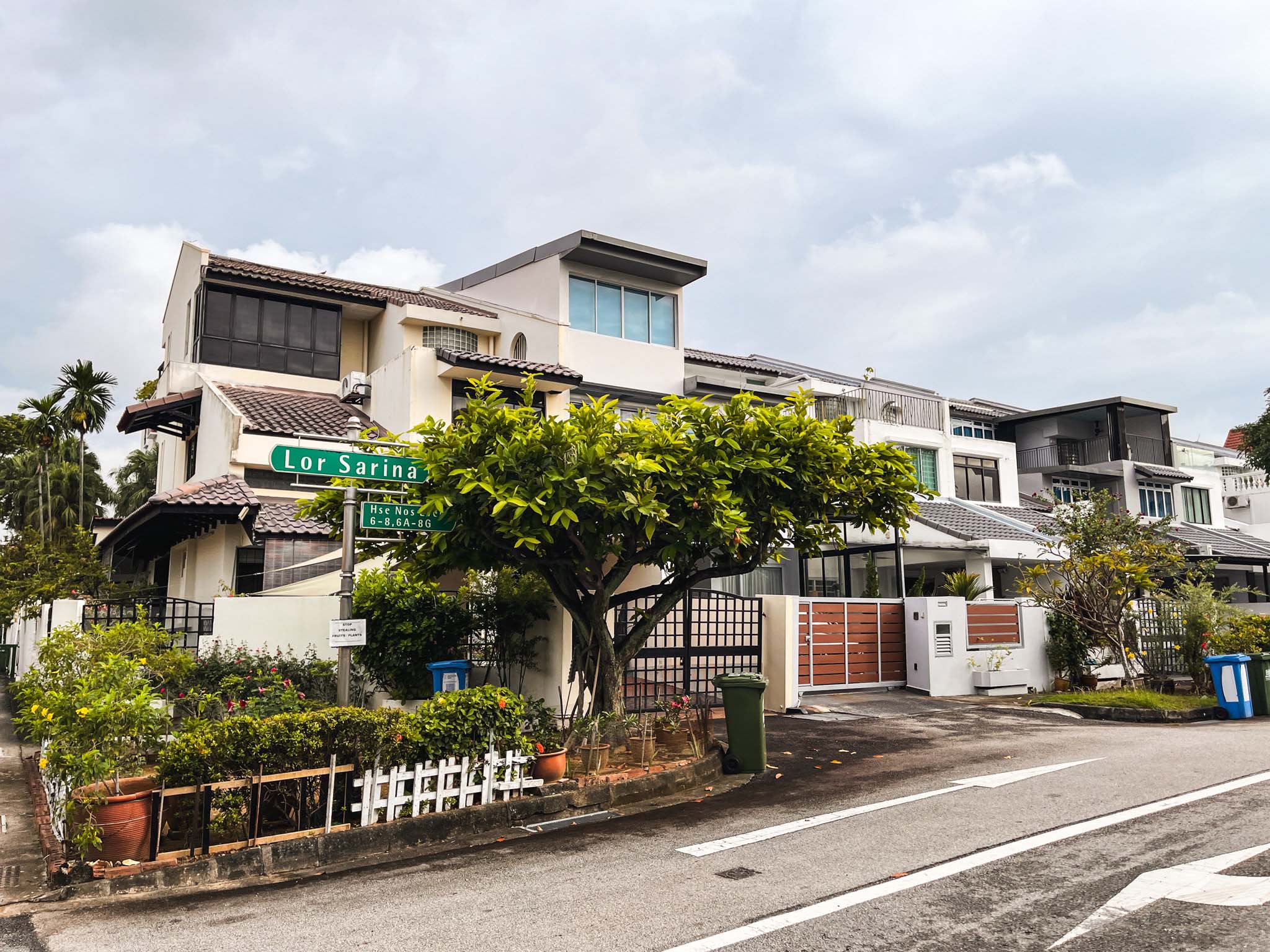Why Your Property May Not Be As Profitable As You Think: 5 Ways To Calculate Your Returns
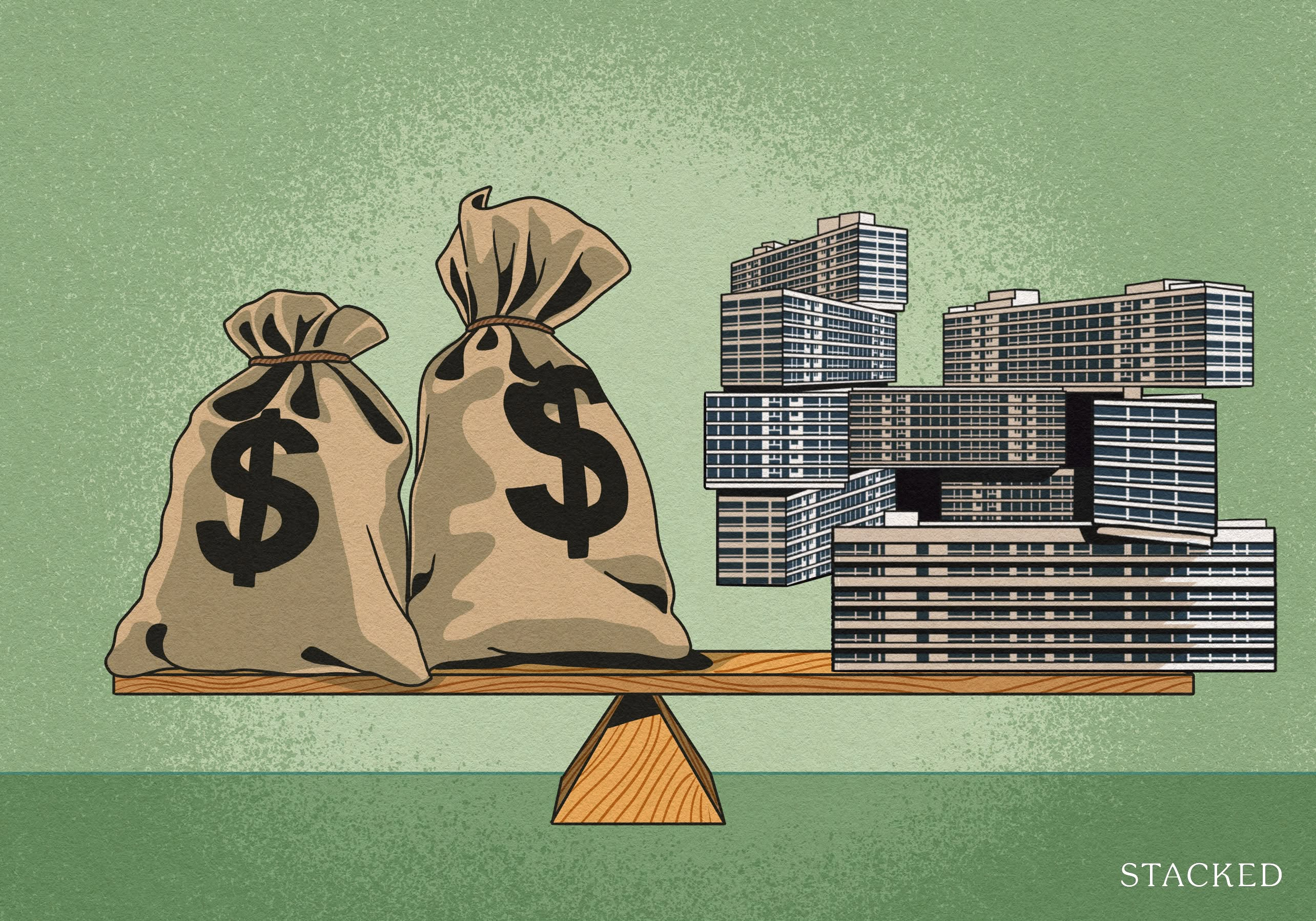
Get The Property Insights Serious Buyers Read First: Join 50,000+ readers who rely on our weekly breakdowns of Singapore’s property market.
A seasoned content strategist with over 17 years in the real estate and financial journalism sectors, Ryan has built a reputation for transforming complex industry jargon into accessible knowledge. With a track record of writing and editing for leading financial platforms and publications, Ryan's expertise has been recognised across various media outlets. His role as a former content editor for 99.co and a co-host for CNA 938's Open House programme underscores his commitment to providing valuable insights into the property market.
Many of us are aware that property goals differ between buyers, and that owner-occupiers have different requirements from investors. But even among investors, the goals for a property can differ significantly. One of these is the various metrics investors use to calculate their returns. Even if money is not the bottom line for you, these methods can provide an interesting new way to view your unit:
1. Rental Yield
This is one of the most widely recognised metrics, and it’s used by landlords. A high rental yield means stronger cash flow, and quicker returns on your investment. This is also a very simple metric that helps to compare rental performance across different property types, such as a condominium versus an HDB flat.
Formula:
- Gross Rental Yield: (Annual Rental Income / Property Purchase Price) × 100%
- Net Rental Yield: (Annual Rental Income – Expenses) / Property Purchase Price × 100%
Example: A condominium is purchased for $1,000,000 and generates an annual rental income of S$36,000.
- Gross Rental Yield = ($36,000 / $1,000,000) × 100% = 3.6% If annual expenses (maintenance, taxes, etc.) amount to $6,000:
- Net Rental Yield = ($36,000 – $6,000) / $1,000,000 × 100% = 3%
Note that net rental yield has become much lower than gross rental yield due to recent tax changes. Property tax rates for non-owner-occupied residential properties increased in 2024, as part of a two-step revision announced in Budget 2022. As of today, the rates for non-owner occupied properties are from 12 – 36% based on Annual Value, up from 11 – 27% in 2023.
Limitations:
Rental yield doesn’t take into account the appreciation of your property. It is possible for a property to have a very high rental yield but mostly stagnant appreciation, such as an older and cheaper leasehold property. People’s Park Complex is a prime example of this, as it’s an ageing leasehold property that happens to be in a highly central location.
One-bedder condo units (shoeboxes) also tend to have higher rental yields on account of their low quantum; but these units can be tougher to sell, and show weaker resale gains.
2. Debt-Service Coverage Ratio (DSCR)
This metric is used by landlords, but it tends to be discussed in relation to commercial properties, or in higher-risk residential properties (e.g., properties close to or within vice areas, like parts of Geylang).
The DSCR is used to evaluate if a property is self-sustaining (i.e., the rental income generated can cover part or all of the loan repayments).
Formula: DSCR = Net Operating Income / Total Debt Service
Example: A property generates an annual net operating income of $50,000, while its total debt service (mortgage payments, interest, and other loan obligations) amounts to $40,000.
- DSCR = S$50,000 / S$40,000 = 1.25
Since DSCR is greater than 1, this indicates that the property generates sufficient income to cover its debt obligations. If DSCR is below 1, it suggests the property is not generating enough income to fully cover its costs.
This does not mean that a DSCR below 1 is always bad: it’s not uncommon for a rented-out property to cover only the maintenance fees and mortgage interest, whilst not covering the entirety of the repayments.
It does, however, give the investor a sense of the risks or shortfalls involved.
More from Stacked
Which Singapore Regions Offer The Best Value For Two-Bedder Condos Today? (Resale vs New Launch)
In this Stacked Pro breakdown:
Limitations:
This metric doesn’t reflect on property appreciation, resale gains, yields, etc. It’s usually read in context with other metrics, rather than just on its own.
3. Cash-on-Cash Return
This metric is discussed more often for commercial than residential properties, but it works just as well for both. Cash-on-Cash return matters when there’s leveraging involved (e.g., the use of your home loan to purchase the property).
This metric focuses purely on your cash flow, relative to the amount of cash you’ve invested. That is, it’s an indicator of how efficiently your invested cash generates income.
Formula: (Annual Pre-Tax Cash Flow / Total Cash Invested) × 100%
Example: An investor pays $200,000 in down payment, and incurs $50,000 in additional costs. After mortgage payments and expenses, they receive $10,000 in annual cash flow.
Cash-on-Cash Return = ($10,000 / $250,000) × 100% = 4%
Limitations:
Cash-on-Cash return doesn’t provide any reflection of property appreciation, or the subsequent resale gains.
4. Return On Investment (ROI)
This is probably the most widely recognised metric, next to rental yield and CAGR. It’s useful to almost any kind of investor, from buy-and-hold investors and upgraders. ROI measures overall profitability, and is useful for making exit (selling) decisions.
Formula: (Total Profit / Total Investment Cost) × 100%
Example: A property is bought for $1,000,000 and sold for $1,200,000 after five years. The total investment cost, including fees and loan interest, is $1,050,000.
ROI = ($150,000 / $1,050,000) × 100% = 14.3%
Limitations:
ROI provides something of a broad picture, and it doesn’t account for certain details like financing costs. It calculates returns based on total profit without factoring in mortgage interest, or factors like the diminishing purchasing power of money over time. This sometimes makes a property appear more profitable than it actually is.
5. Price Appreciation & Compounded Annual Growth Rate (CAGR)
ROI measures the total percentage return on an investment, but it does not factor in the time taken to achieve that return. That’s where CAGR comes in: it accounts for the time value of money by showing the average annual growth rate, over multiple years.
Formula:
- Capital Growth Rate: (New Price – Purchase Price) / Purchase Price × 100%
- CAGR (Compounded Annual Growth Rate): [(Ending Value / Beginning Value) ^ (1 / Number of Years)] – 1
You don’t need to do this manually. There are a lot of free, online CAGR calculators that will do this for you.
Example: A property increases in value from $1,000,000 to $1,500,000 in 10 years.
- Capital Growth Rate = ($1,500,000 – $1,000,000) / $1,000,000 × 100% = 50%
- CAGR = [($1,500,000 / $1,000,000) ^ (1/10)] – 1 = 4.14% per annum
Limitations:
Changes such as cooling measures, property downturns, etc. can slow or reverse the price growth, making this unpredictable. There can also be cases where a property may have appreciated significantly on paper, but can’t be sold at the theoretical price; this is especially true for luxury or boutique properties, where demand can be more volatile.
There are many ways to view your property returns, to check if they complement your intended financial goals. For questions specific to your situation, feel free to reach out to us at Stacked. If you’d like to get in touch for a more in-depth consultation, you can do so here.
Ryan J. Ong
A seasoned content strategist with over 17 years in the real estate and financial journalism sectors, Ryan has built a reputation for transforming complex industry jargon into accessible knowledge. With a track record of writing and editing for leading financial platforms and publications, Ryan's expertise has been recognised across various media outlets. His role as a former content editor for 99.co and a co-host for CNA 938's Open House programme underscores his commitment to providing valuable insights into the property market.Read next from Editor's Pick
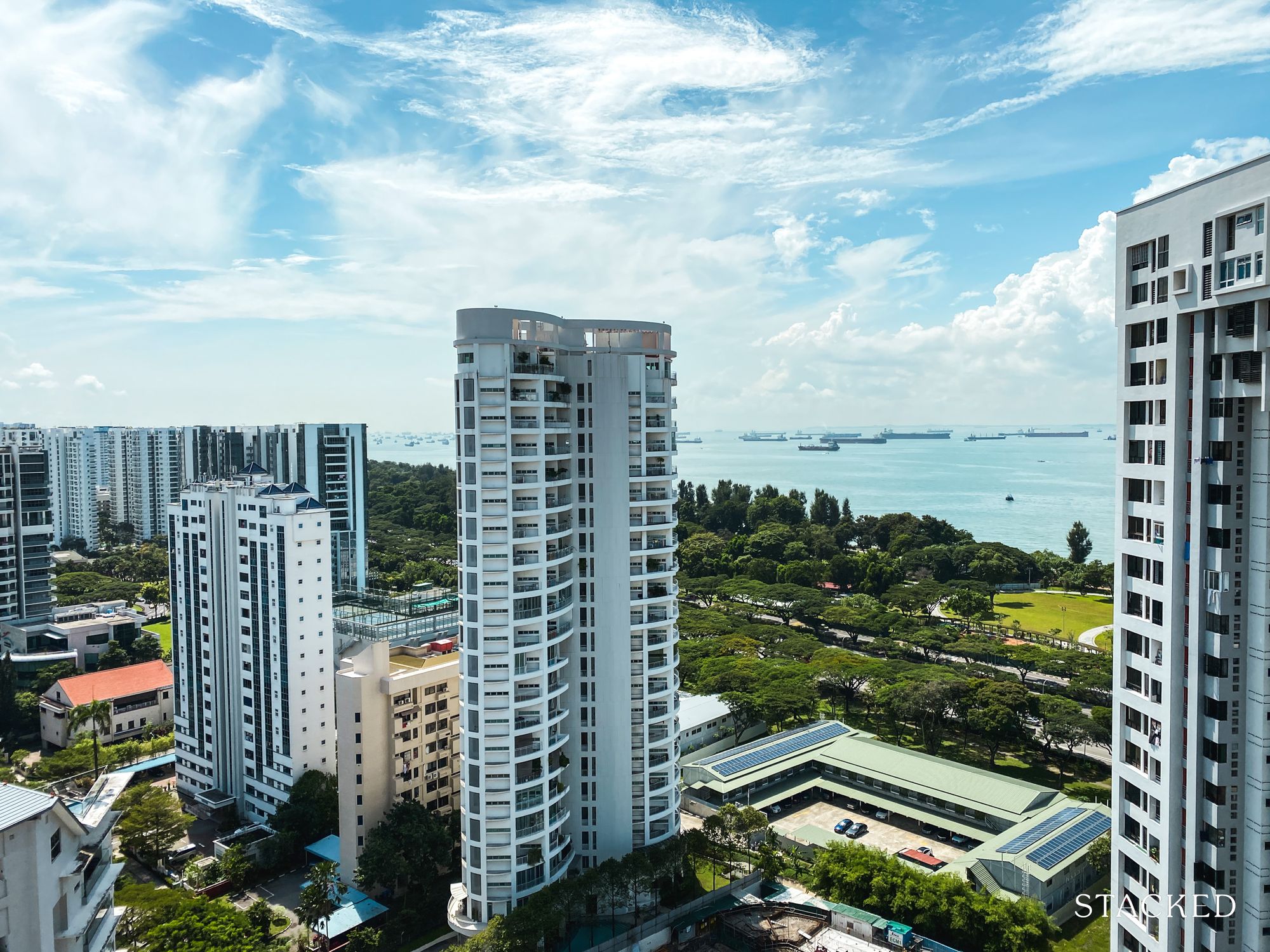
Property Advice Should We Buy An Old 99-Year Leasehold Condo To Live In: Will It’s Value Fall When The Lease Runs Out?
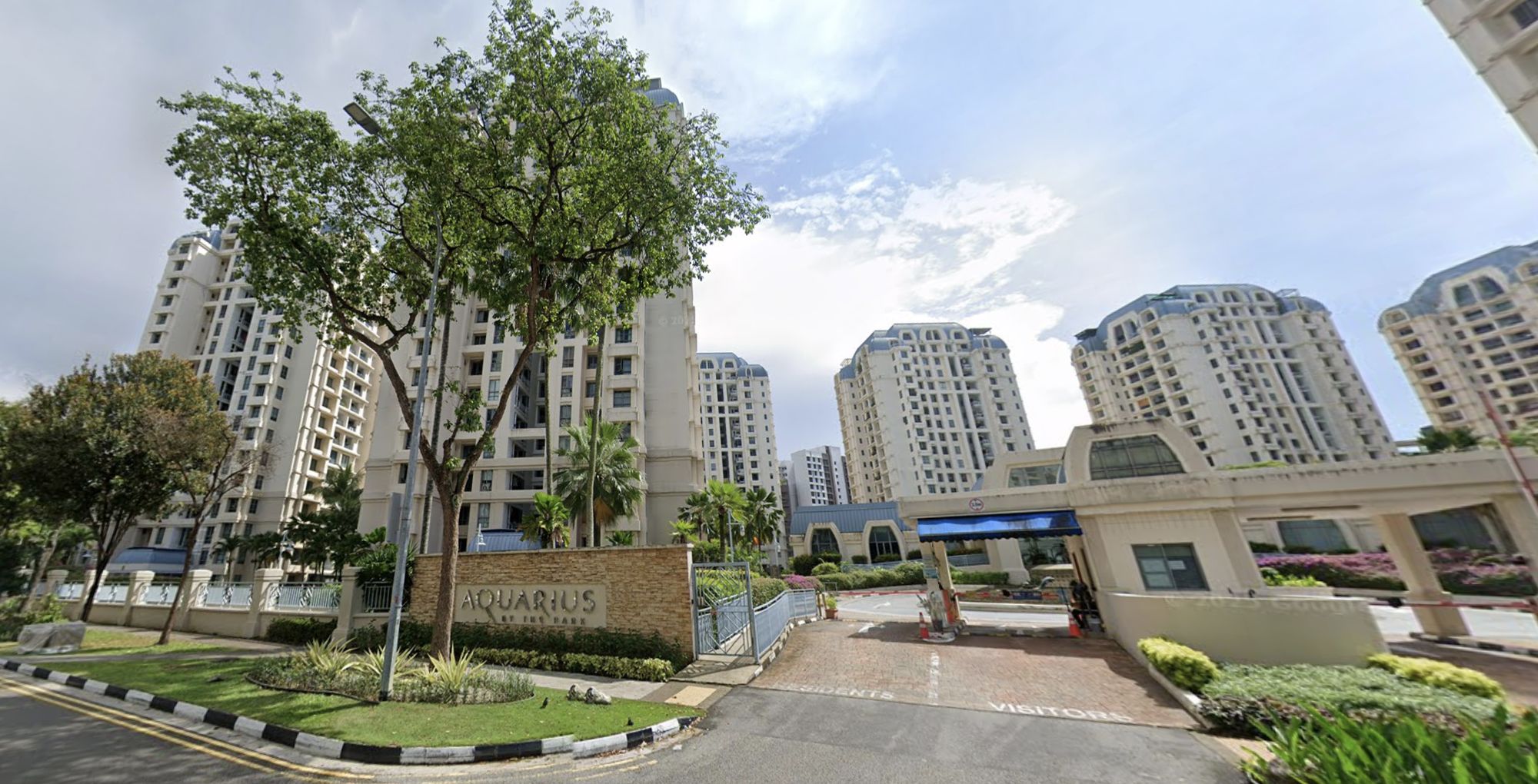
Property Investment Insights How A Once “Ulu” Condo Launched In 1997 Became A Top Performer
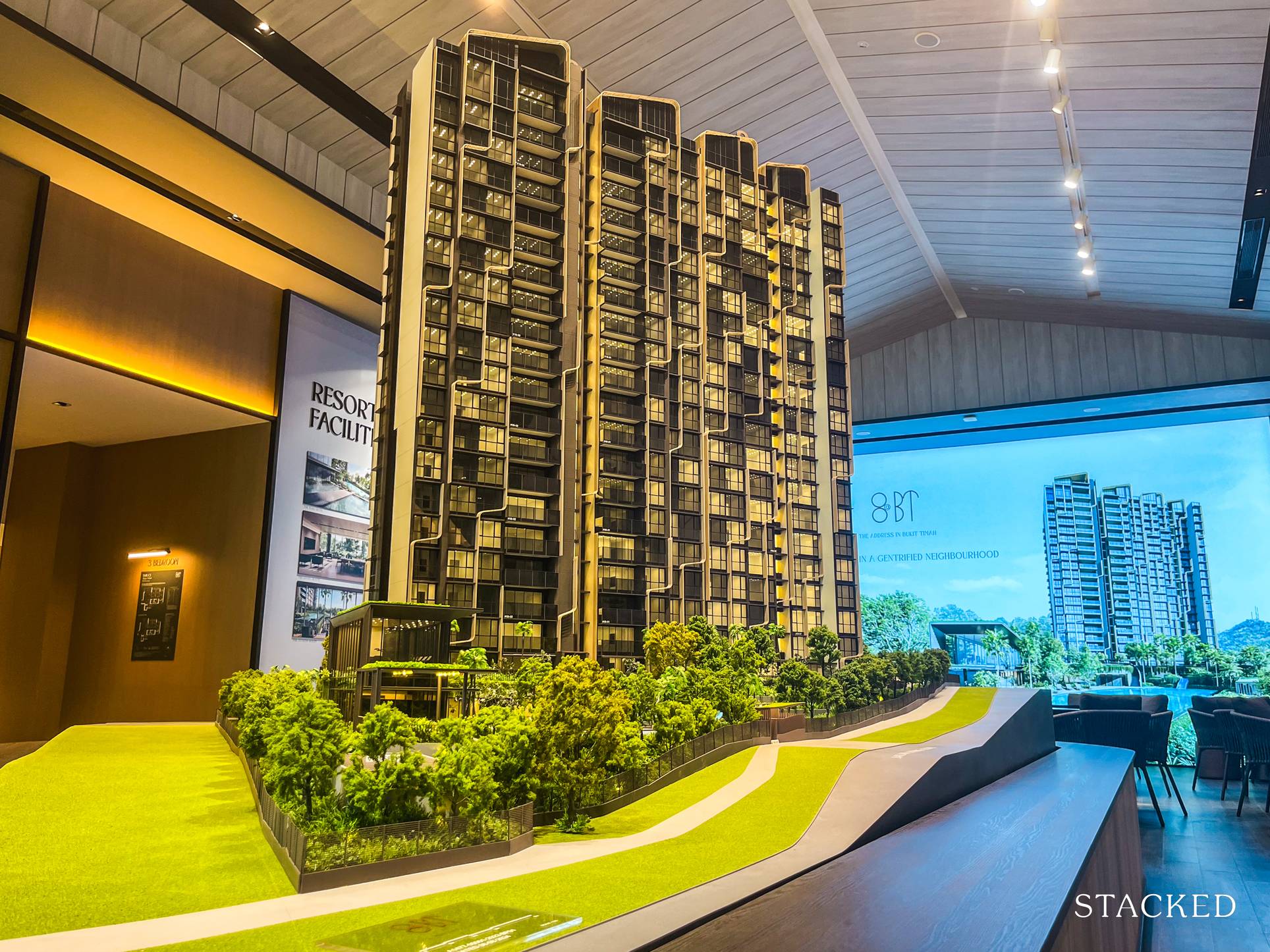
New Launch Condo Analysis I Reviewed A New Launch 4-Bedroom Penthouse At Beauty World
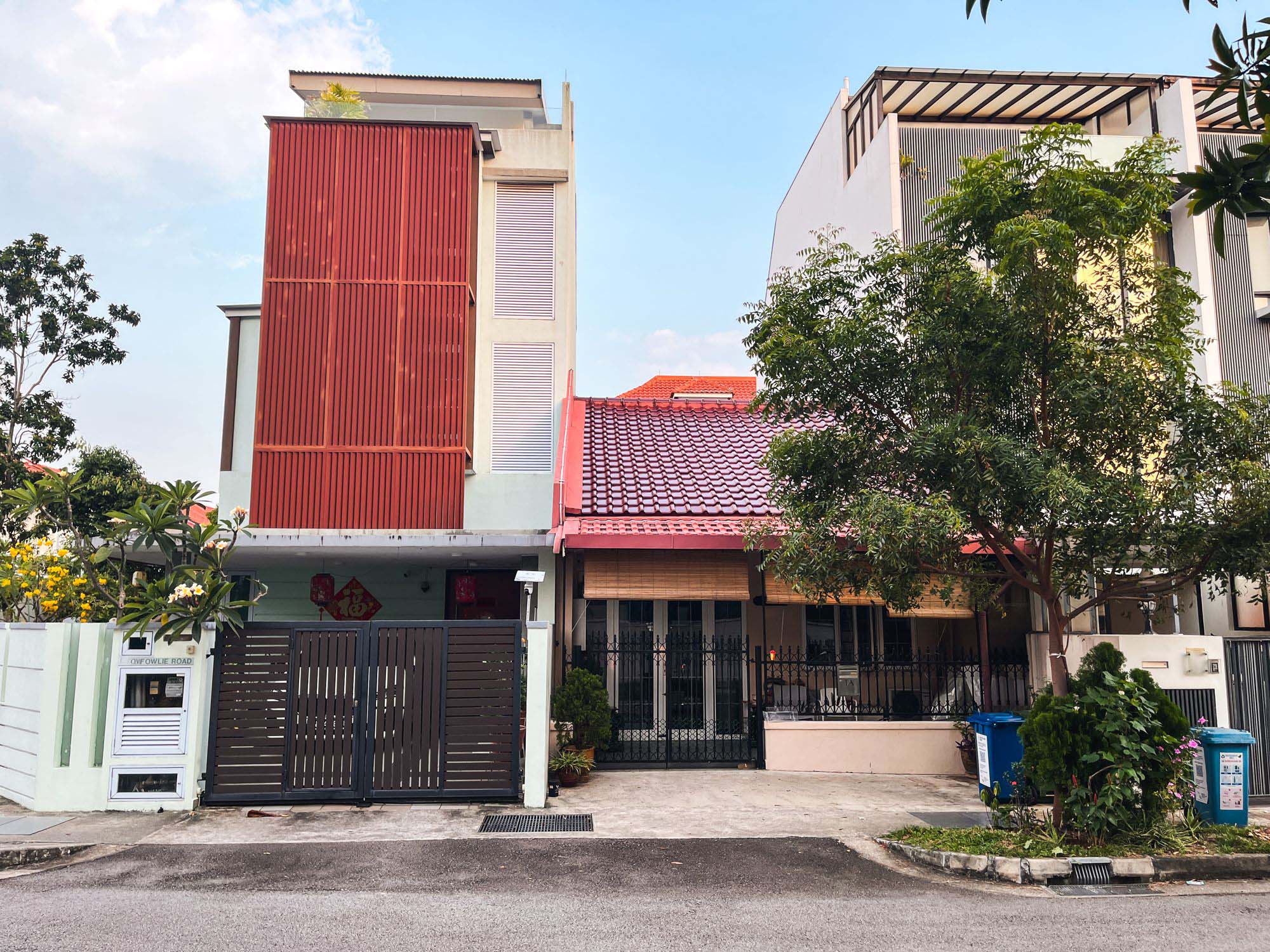
Landed Home Tours Why Singaporean Families Are Looking At This Landed Enclave From Around $4M
Latest Posts
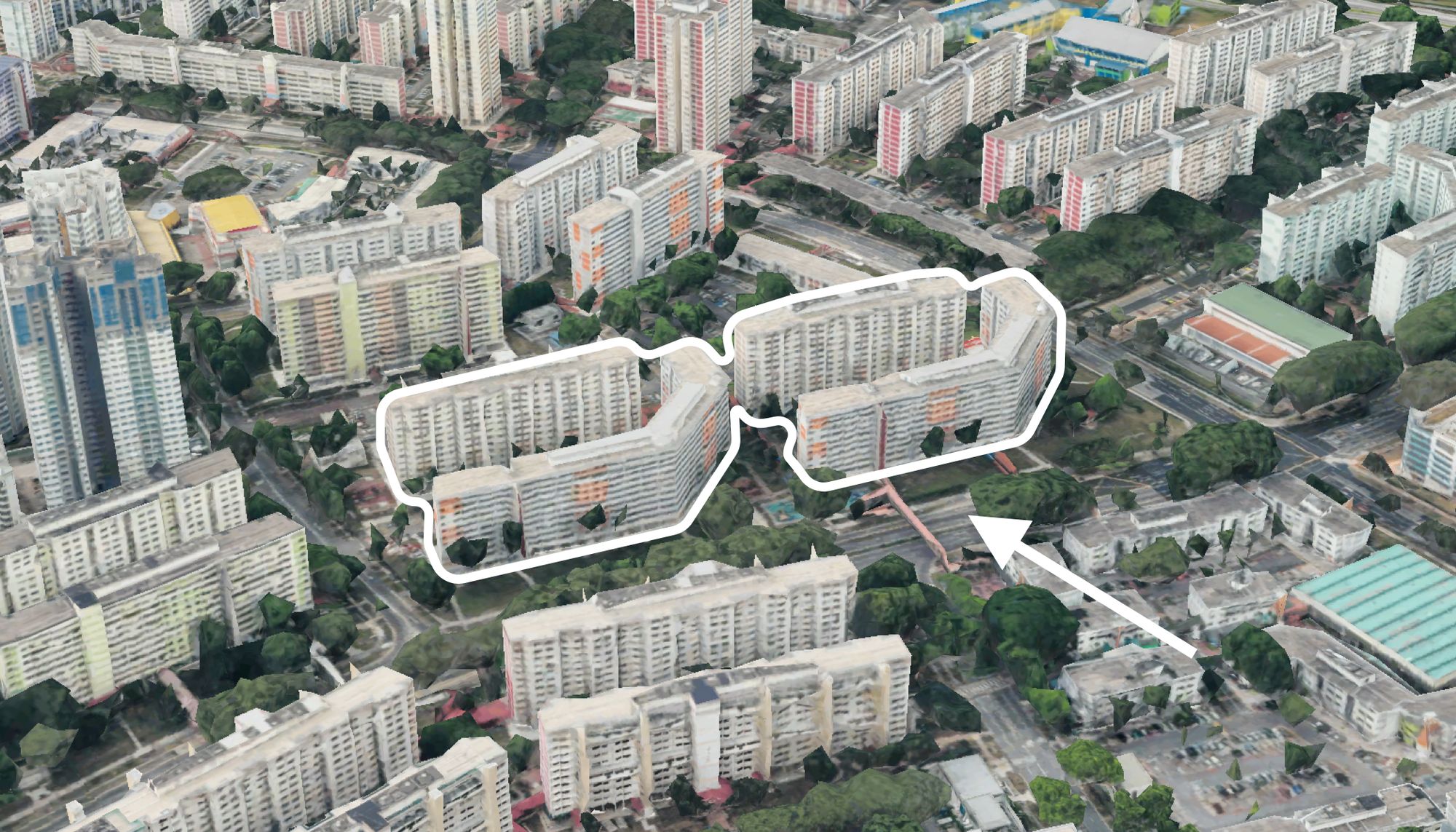
On The Market Here Are The Cheapest 4-Room HDB Flats in Central Singapore You Can Still Buy From $490K
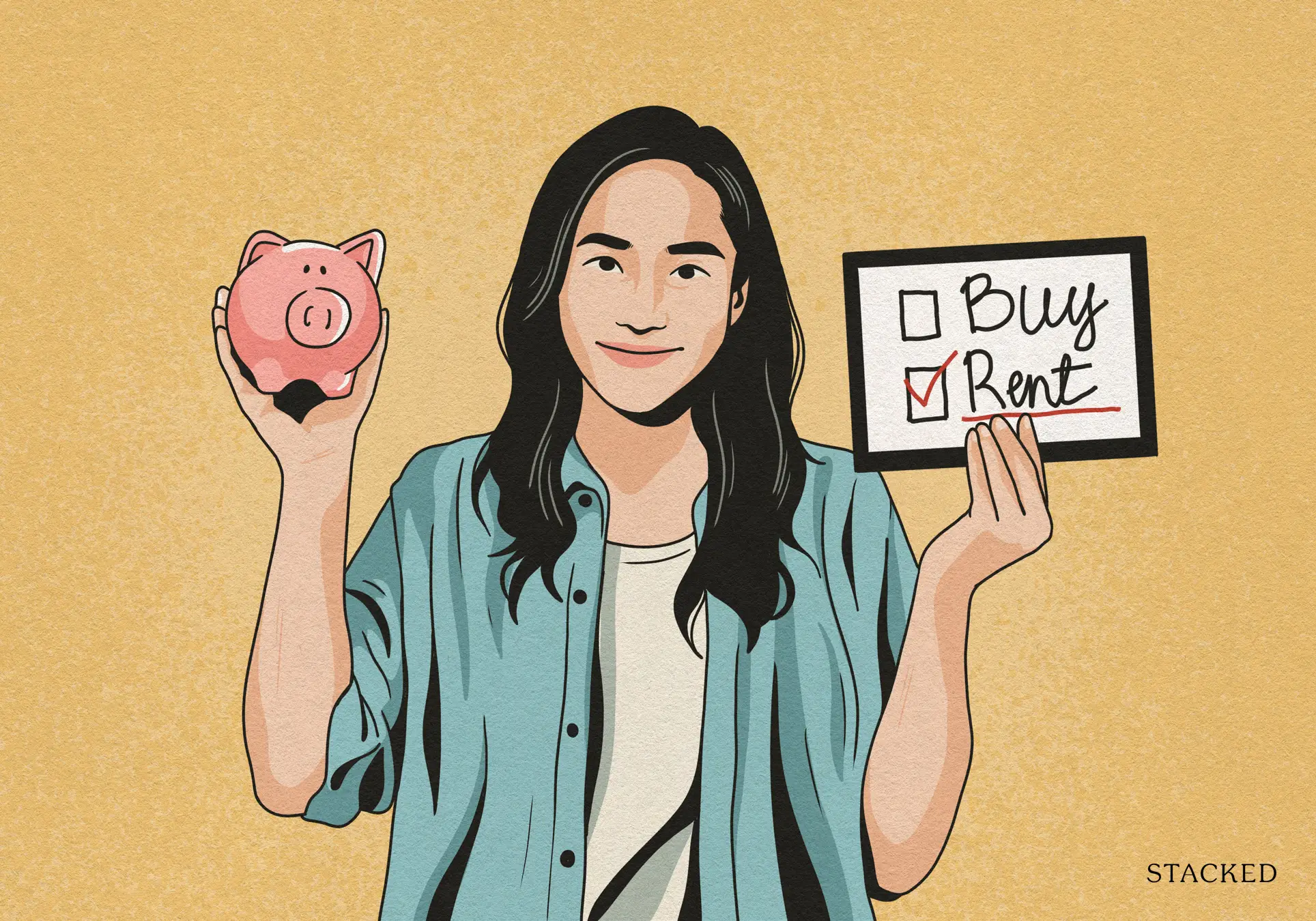
Property Market Commentary When Renting In Singapore Is The Smarter Move — And Buying Can Wait
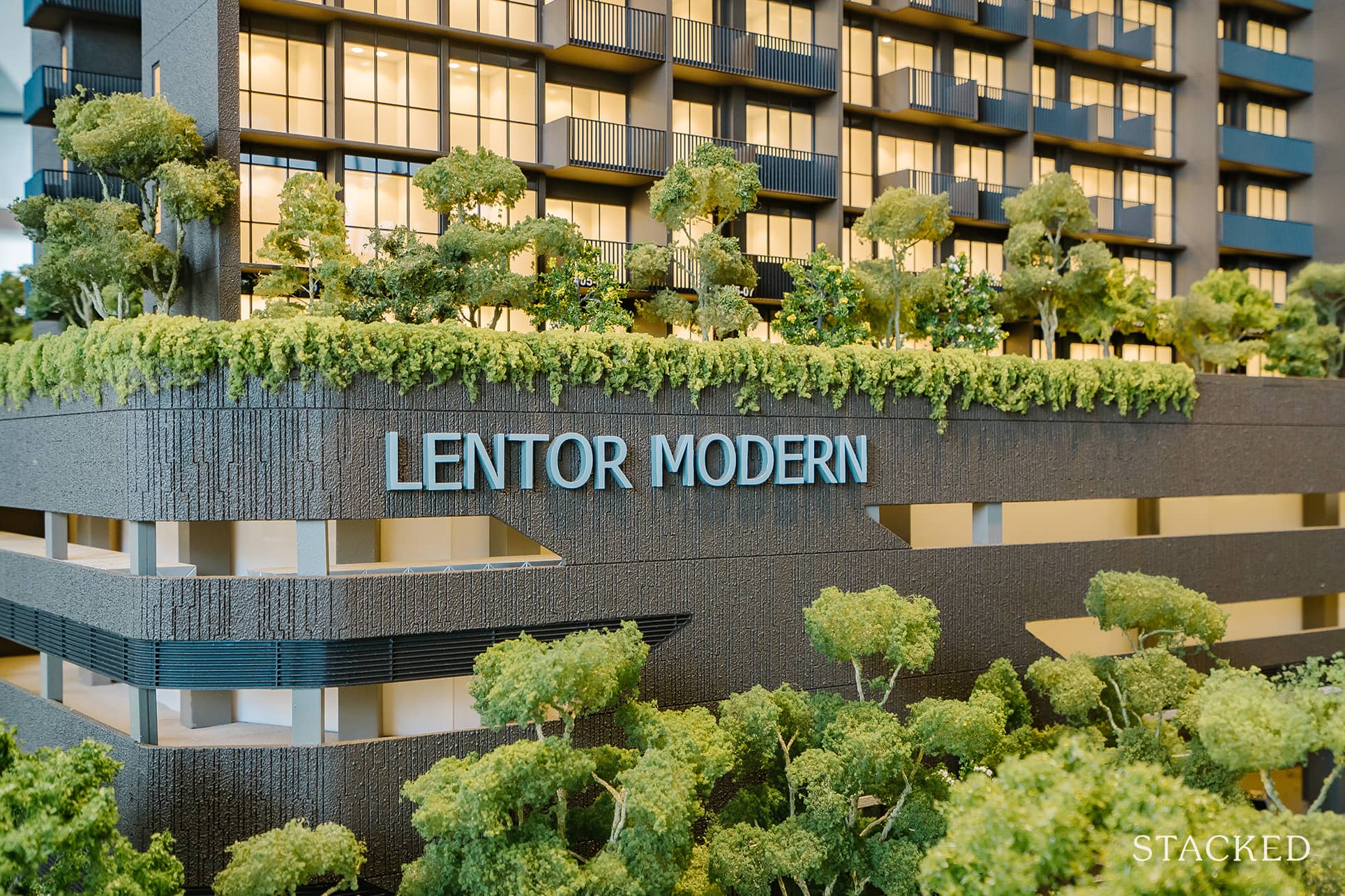
Singapore Property News Lentor’s First Condo Is Complete — The Early Profits May Surprise You

Property Advice We Own A $800K 1-Bedder And A $1.1M 3-Bedder: Is It Possible To Upgrade To A 4-Bedder Condo?
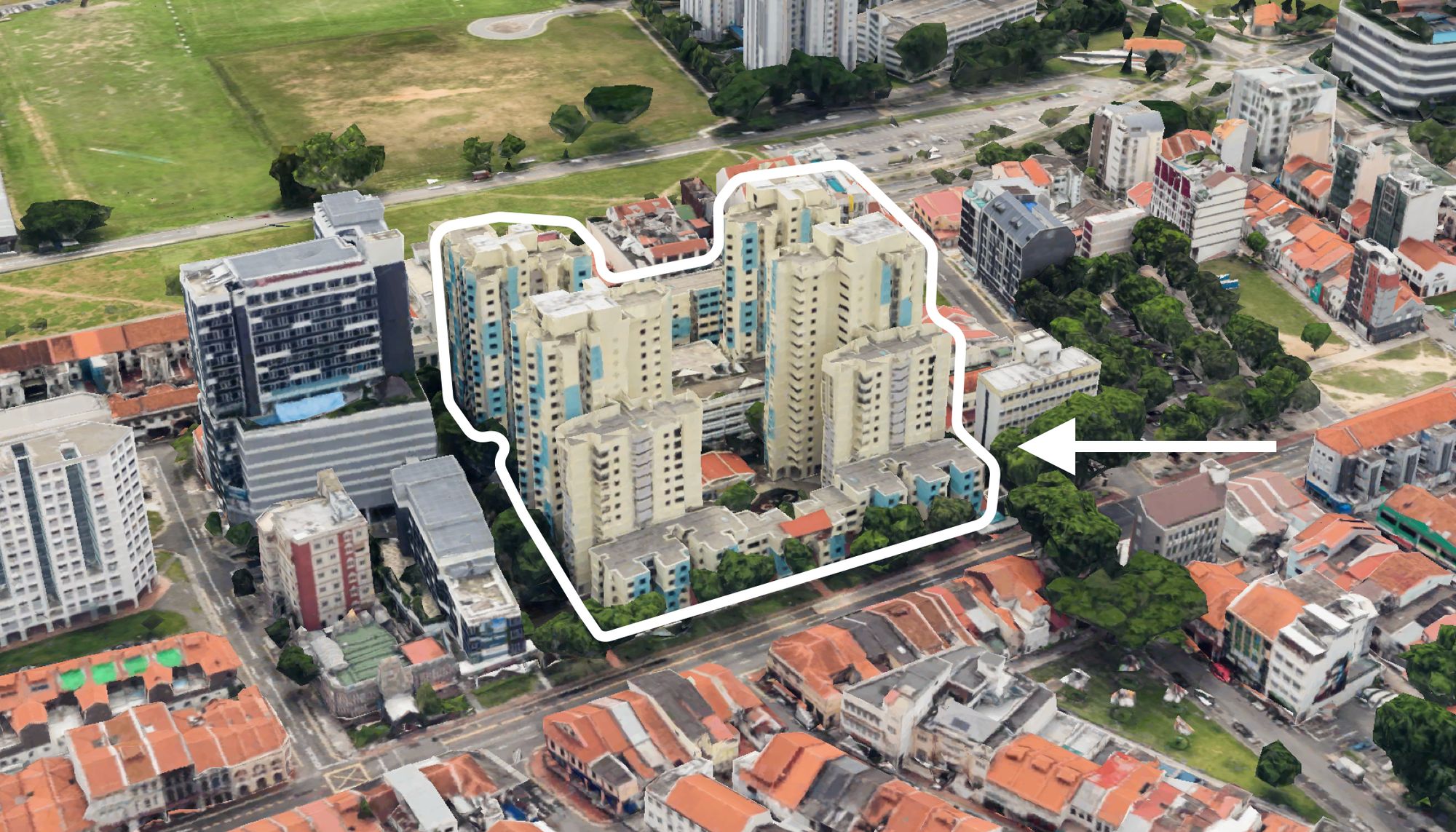
On The Market These Are Some Of The Cheapest 5-Room HDB Flats Left In Central Singapore
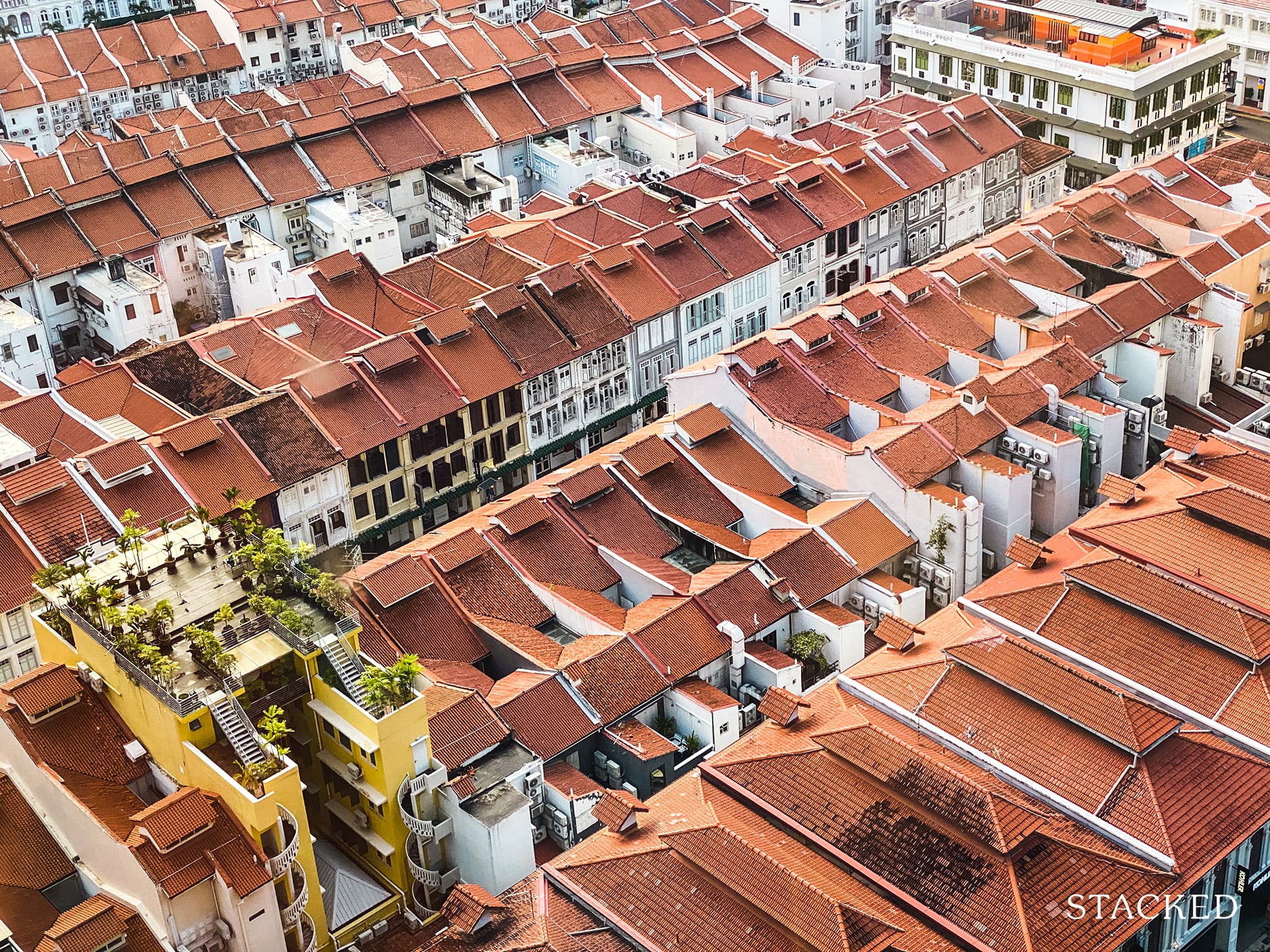
Singapore Property News $281.2M in Singapore Shophouse Deals in 2H2025 — But That Number Doesn’t Tell the Full Story

Property Market Commentary 5 Key Features Buyers Should Expect in 2026 New Launch Condos

Singapore Property News CapitaLand–UOL’s $1.5 Billion Hougang Central Bid May Put Future Prices Above $2,500 PSF
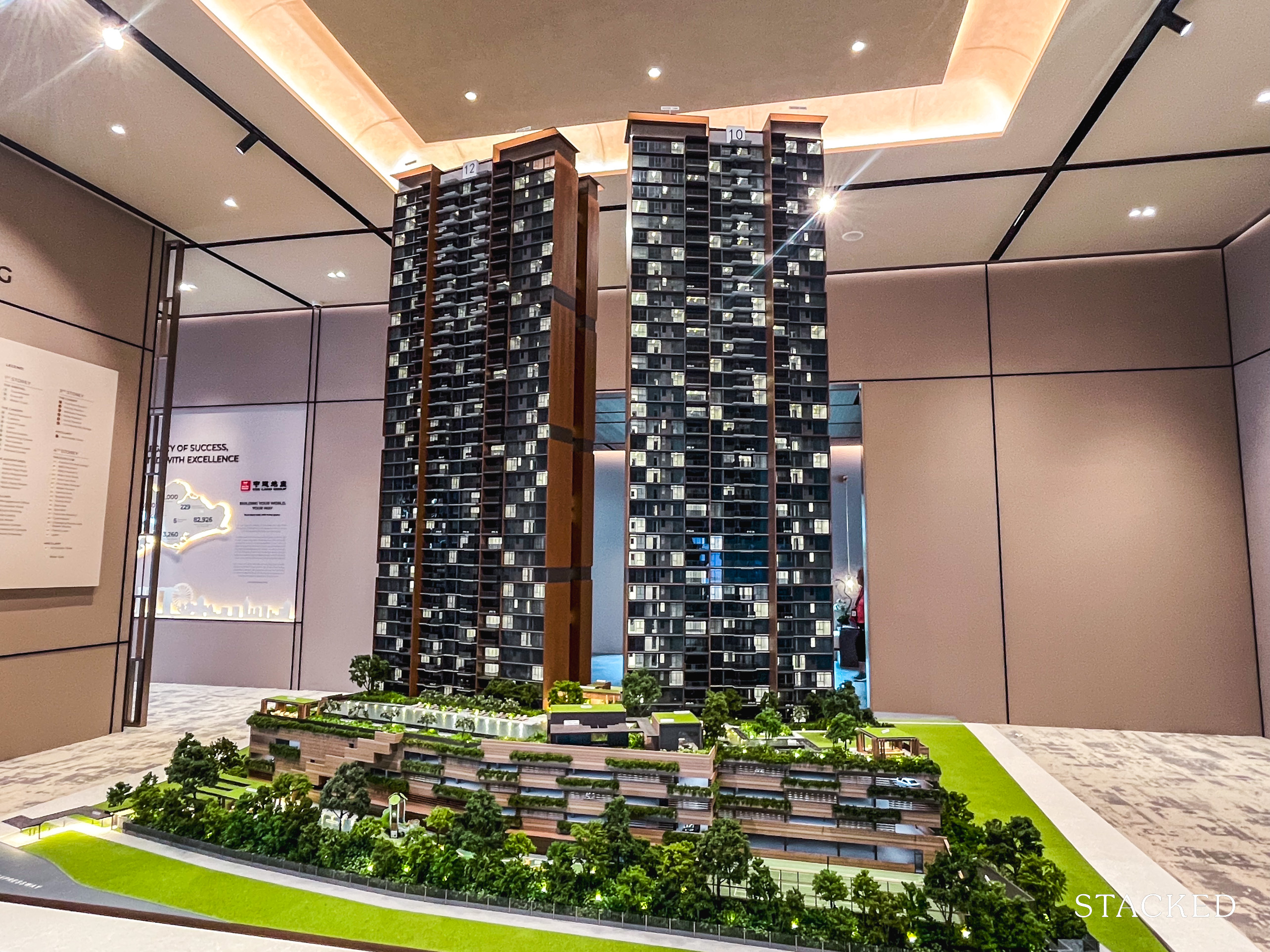
Singapore Property News Why New Condo Sales Fell 87% In November (And Why It’s Not a Red Flag)

Singapore Property News How Much Smaller Can Singapore Homes Get?
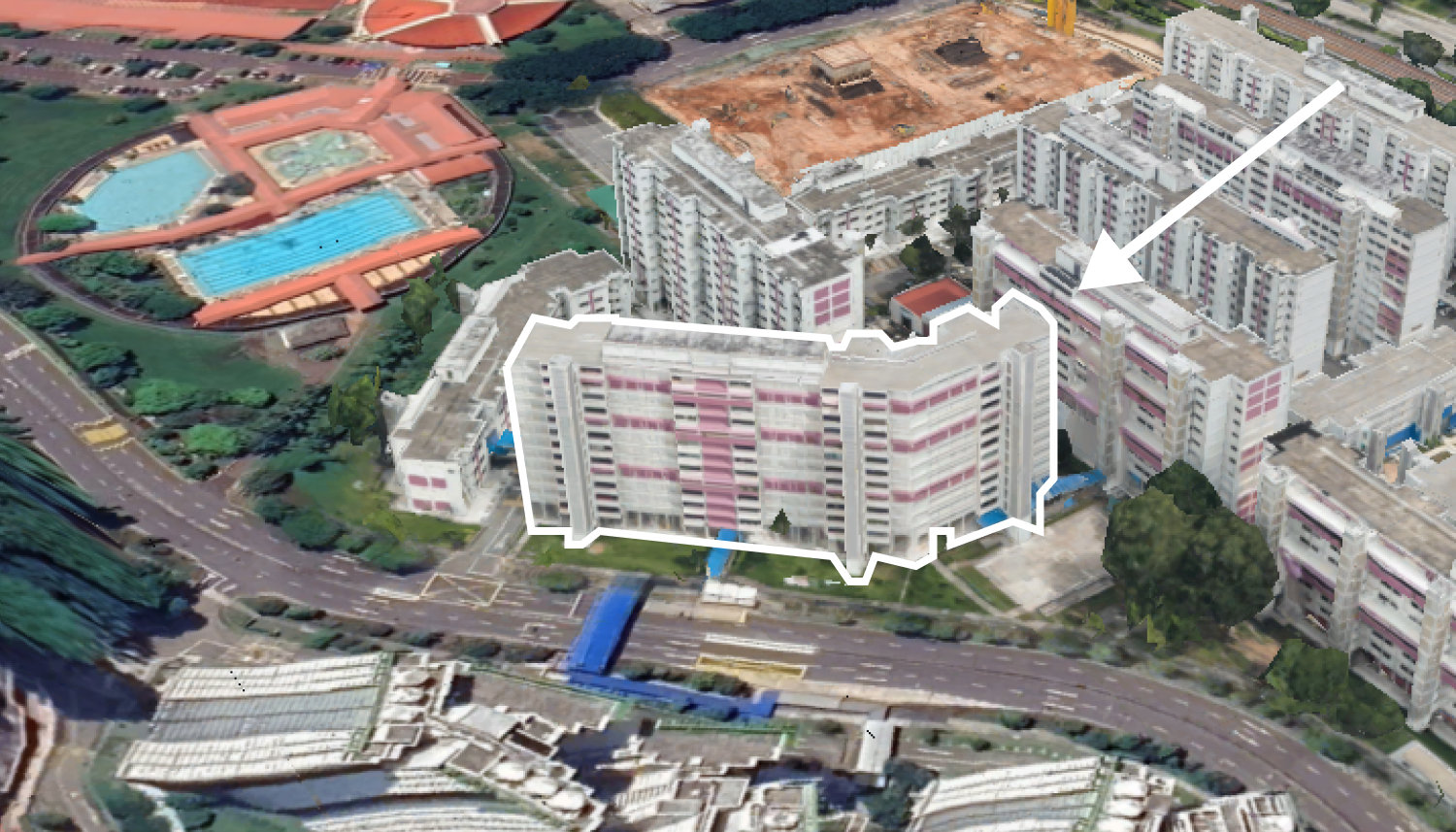
On The Market 5 Spacious 5-Room HDB Flats Under $600K You Can Still Buy Today
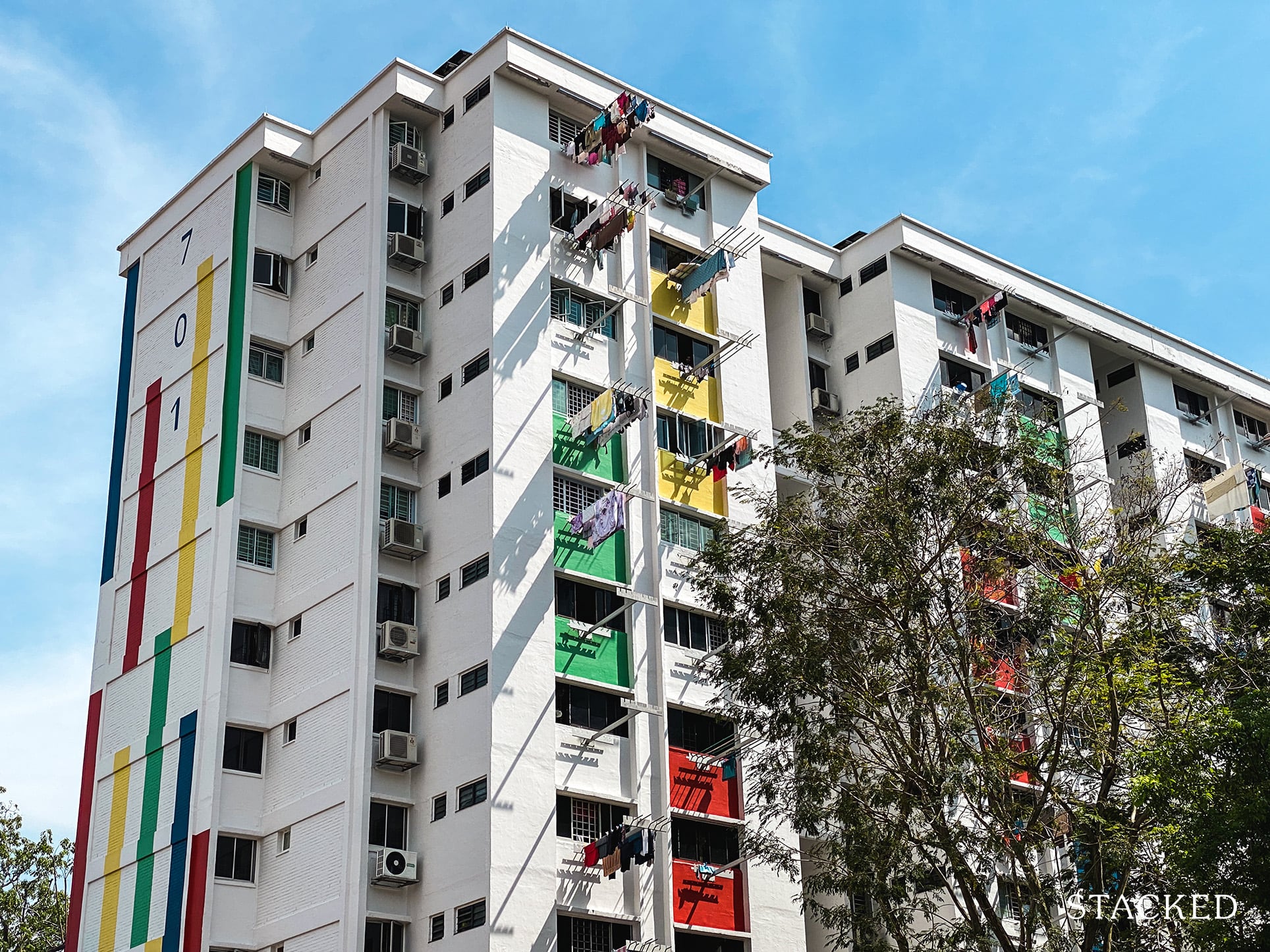
Property Advice I Own A 55-Year-Old HDB Flat, But May Have To Sell — Can I Realistically Buy A Freehold Condo With $700K?

Property Market Commentary Why It’s So Much Harder For Young Singaporeans To Buy A Home Today
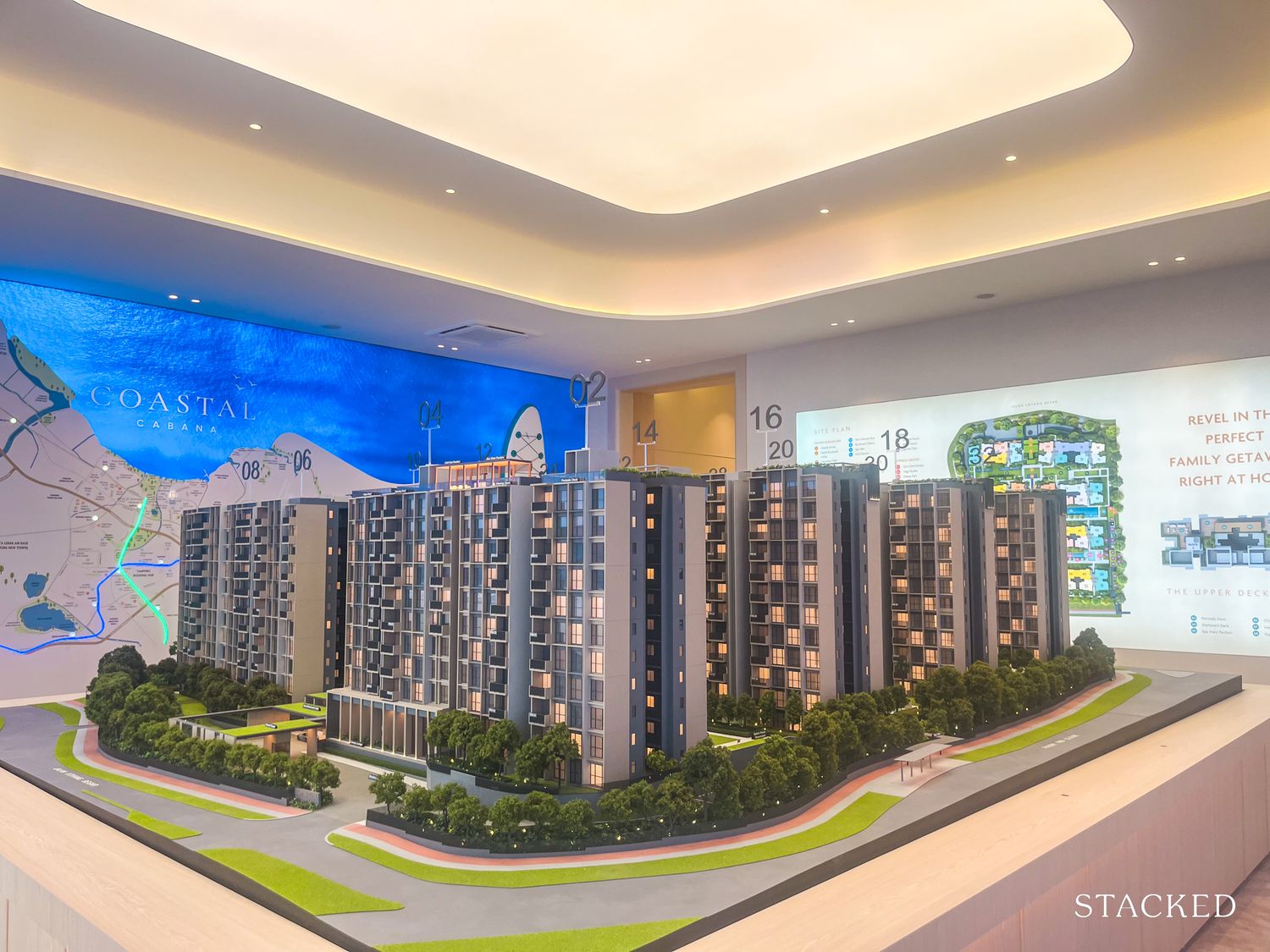
New Launch Condo Reviews Coastal Cabana EC Review: A Unique EC With Sea Views Priced From $1.438M
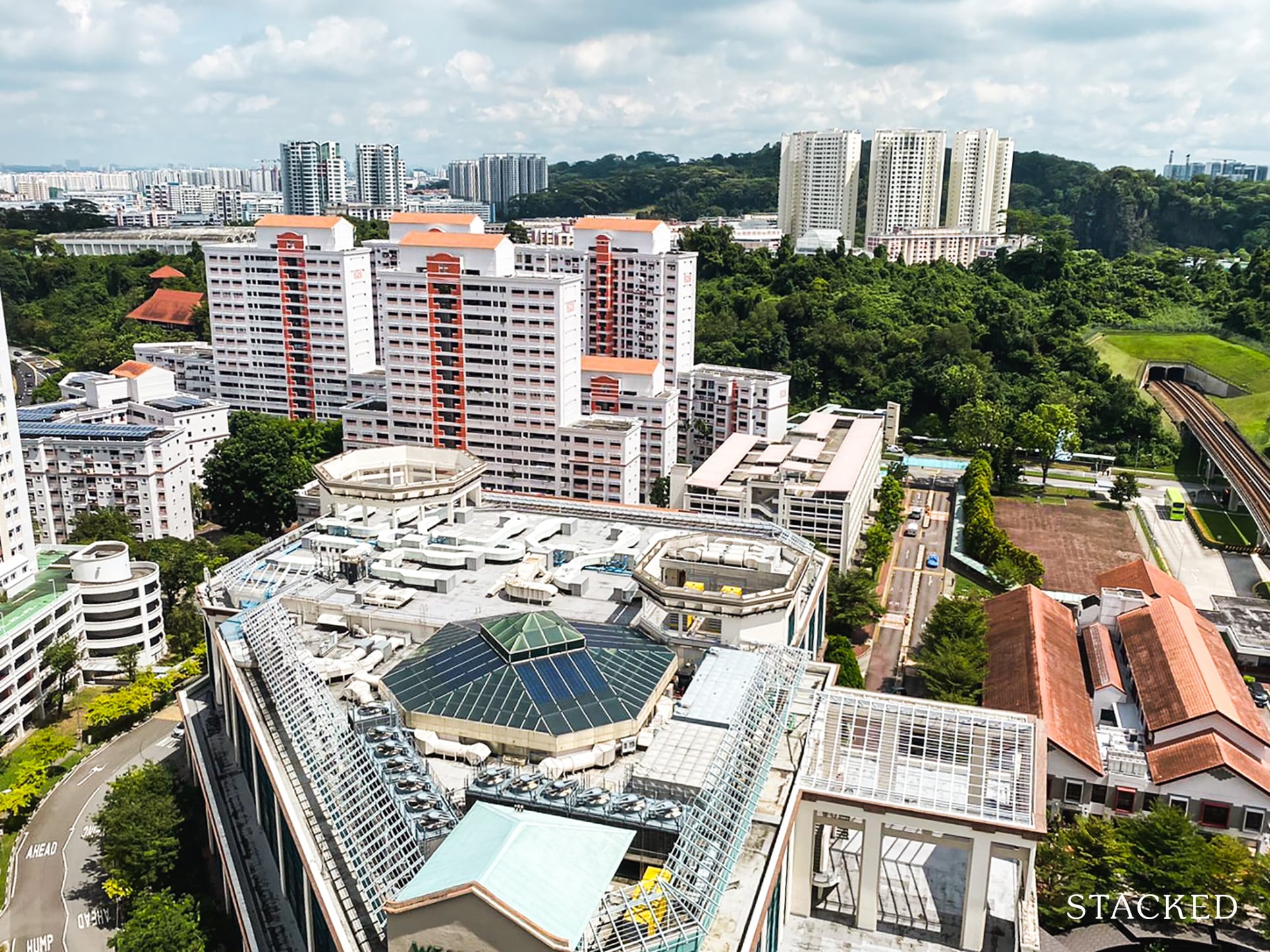
Property Market Commentary Which HDB Towns Sold the Most Flats This Year? The 2025 Rankings Reveal Some Surprises
